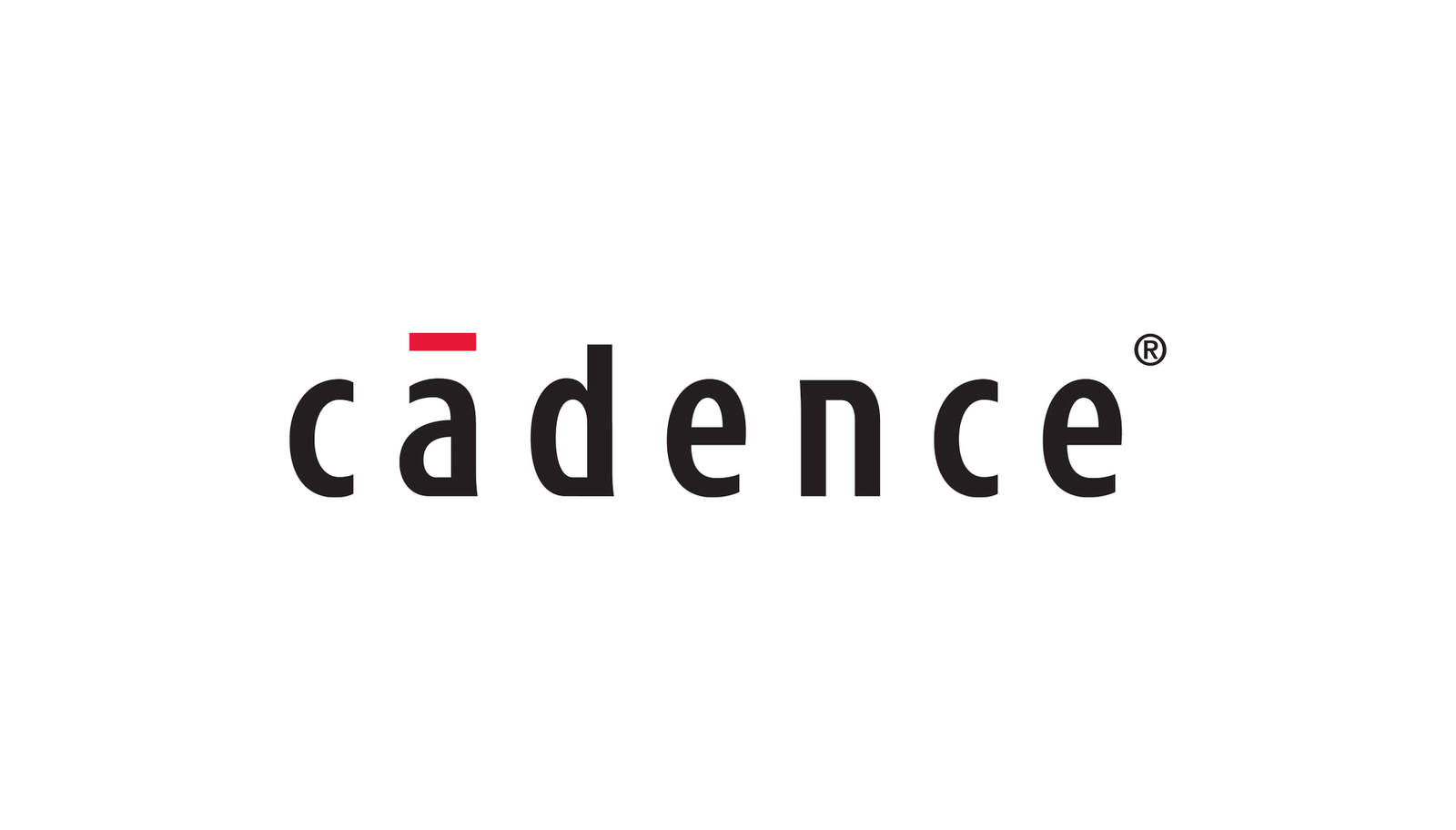by Larry Adam, Chief Investment Officer, Raymond James
Key Takeaways
- Record US Economic Expansion Still Has ‘Miles’ to Go
- Positive Seasonality To Help Equity Market Reach Its ‘Peak’
- Asset Allocation Critical As Volatility ‘Climbs Higher’
With this week’s start of the fourth quarter, I thought it was the perfect time to provide a summary of our current investment strategy. Hopefully, this outlook serves as a map as you navigate the ever changing economic and financial market landscapes.
- The US Economy Still Has ‘Miles’ to Go | At 124 months, the current economic expansion is the longest on record. Despite some recent data such as the weak ISM Manufacturing Index bolstering recessionary fears, we believe it is premature to declare an imminent recession. As the consumer is the dominant force driving our economy, consumer spending should maintain its momentum as confidence remains elevated, employment remains strong and wages are growing. Our activity metrics, such as truckloads, air cargo freight and miles driven remain healthy. In addition, with the Fed likely taking another ‘insurance’ rate cut (in October or December) to extend the duration of this expansion and President Trump focusing on maintaining the strength of the economy to maximize his chances of re-election, we expect economic growth to remain relatively robust with only a small probability of recession. We forecast 2019 and 2020 GDP growth of 2.2% and 1.7%, respectively.
- ‘Landmark’ Low Yields | As a result of a global synchronized easing cycle from global central banks, trade concerns, and slowing global economic growth, global interest rates have moved to unprecedented low levels. We expect US yields to remain low because of the negative yields overseas driving fund flows into US bonds, continued lackluster overseas growth), record low inflation expectations, and aging global demographics. Our year-end and 12-month forecast for the 10-year Treasury yield are 1.6% and 1.4%, respectively. From a sector perspective, we maintain our preference for investment-grade bonds and emerging-market bonds over high-yield bonds.
- The Equity Market Hasn’t Reached Its ‘Peak ’ | Given our expectation for continued US economic growth over the next 12 months, we believe that the economic landscape should provide an environment for positive US earnings growth moving forward. Valuations are not yet stretched and may have the capacity for slight multiple expansion given low interest rates and muted inflation. When compared to bonds, the S&P 500 dividend yield outpaces that of most other global developed market sovereign bond yields. As for corporate activity, increasing dividends and ongoing buybacks remain supportive of the equity market. Seasonally, the fourth quarter has historically (over the last 30 years) been the strongest quarter of the year, with the S&P 500 up 4.8%, on average, and positive 80% of the time. Equities also benefit from the presidential cycle seasonality. Since 1929, the S&P 500 has an average return of ~11% in a president’s fourth year and is positive 91% of the time. Our year-end target for the S&P 500 is 3,053 and our 12-month target is 3,127. We reiterate our preference for US equities over other developed nations, with our favorite sectors being Technology, Health Care, and Communication Services.
- Dollar to ‘Set Up Camp’ | The US dollar has returned to its highest level since May 2017. The extended rally has been the result of multiple tailwinds that include tightening monetary policy, increasing interest rate differentials, repatriation, foreign direct investment, and better growth dynamics. However, these tailwinds are fading, and when combined with widening twin deficits (current account deficit and fiscal deficit) should lead to a range-bound dollar near term. Our current year-end forecast for the EUR/USD exchange rate is 1.10.
- Oil Prices Get Their ‘Bearings’ | Slowing global economic momentum and rising concerns over future oil demand due to trade uncertainty have led to a recent decline in crude oil prices. However, we forecast that oil prices will rise to $70/bbl due to continued OPEC production cuts, geopolitical risks (e.g., tensions in the Middle East), and rule changes as the International Maritime Organization’s low-sulfur fuel regulations are expected to prompt new oil demand in 2020.
- Volatility ‘Climbing Higher’ | The financial markets have had no shortage of volatility-inducing headlines this year. This week alone saw further tariff discussions, possible impeachment proceedings, a ‘final’ offer being made in the ongoing Brexit negotiations, North Korea’s ninth missile test of 2019, and the Hong Kong protests turning violent. As we enter an election year and move through the later stages of the business cycle, we expect volatility to remain elevated over the next 12 months, and reiterate the importance of asset allocation and selectivity.
Larry Adam's full report as PDF
All expressions of opinion reflect the judgment of Raymond James & Associates, Inc., and are subject to change. Information has been obtained from sources considered reliable, but we do not guarantee that the material presented is accurate or that it provides a complete description of the securities, markets or developments mentioned. There is no assurance any of the trends mentioned will continue or that any of the forecasts mentioned will occur. Economic and market conditions are subject to change. Investing involves risk including the possible loss of capital. International investing involves additional risks such as currency fluctuations, differing financial accounting standards, and possible political and economic instability. These risks are greater in emerging markets. Companies engaged in business related to a specific sector are subject to fierce competition and their products and services may be subject to rapid obsolescence. Past performance may not be indicative of future results.
Copyright © Raymond James















